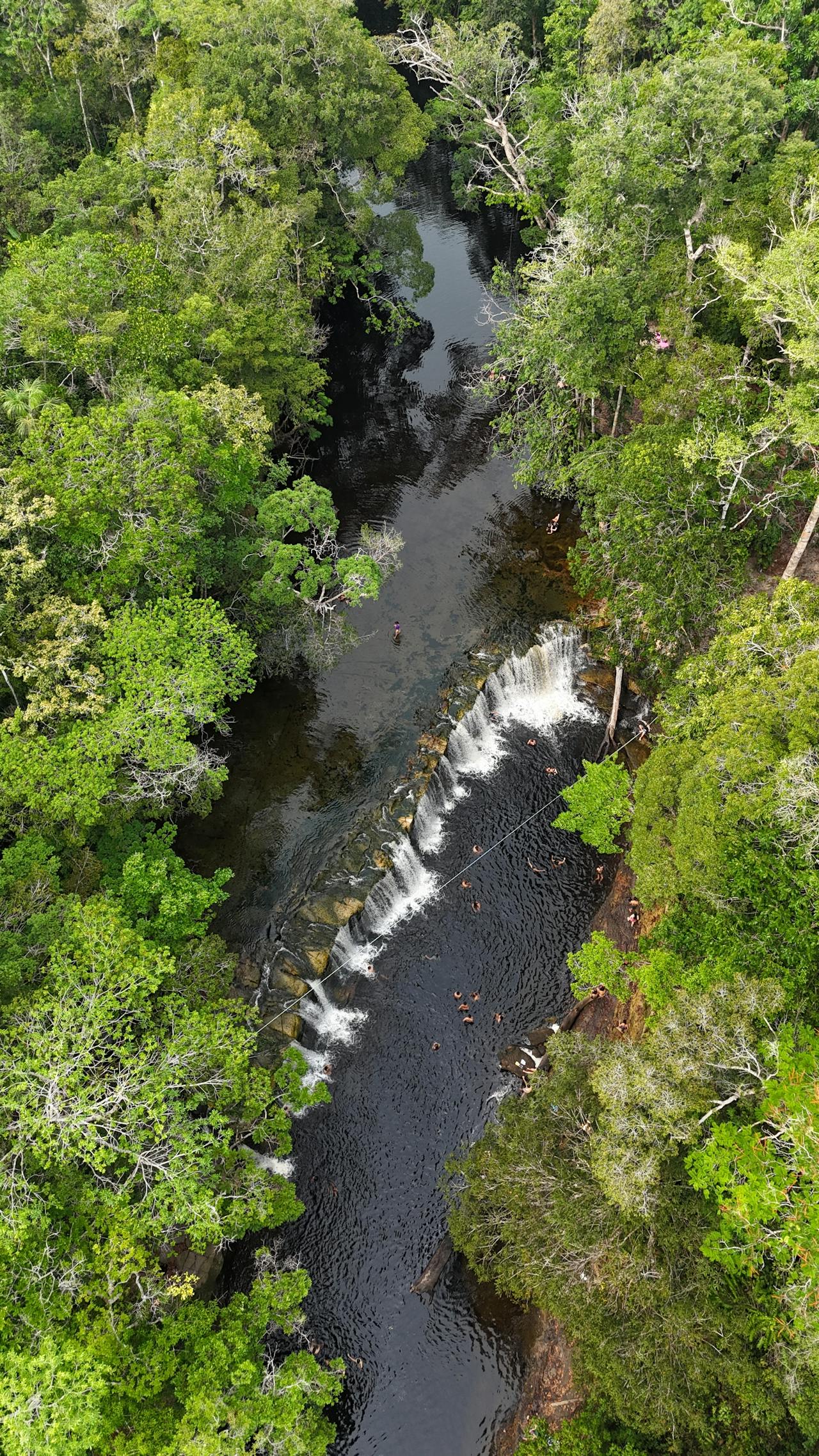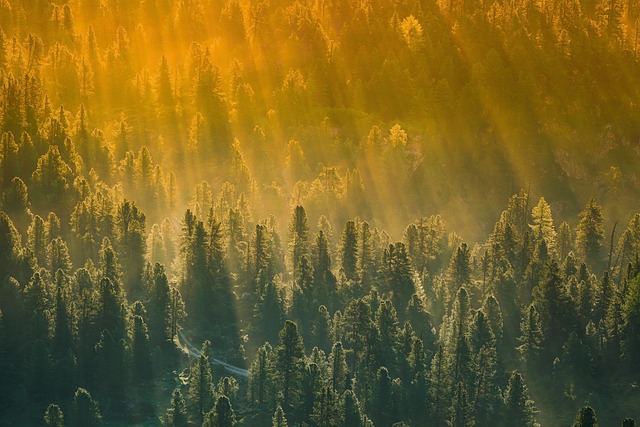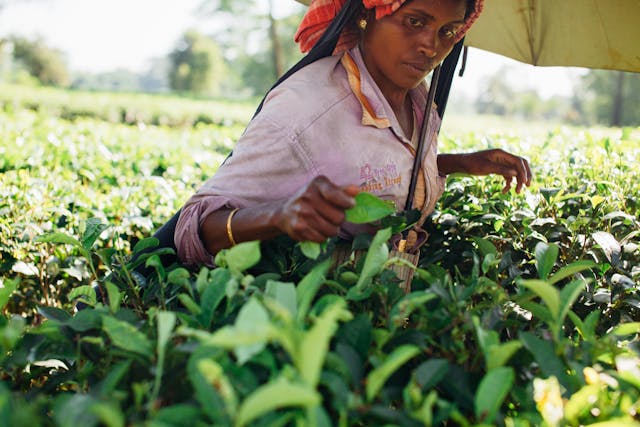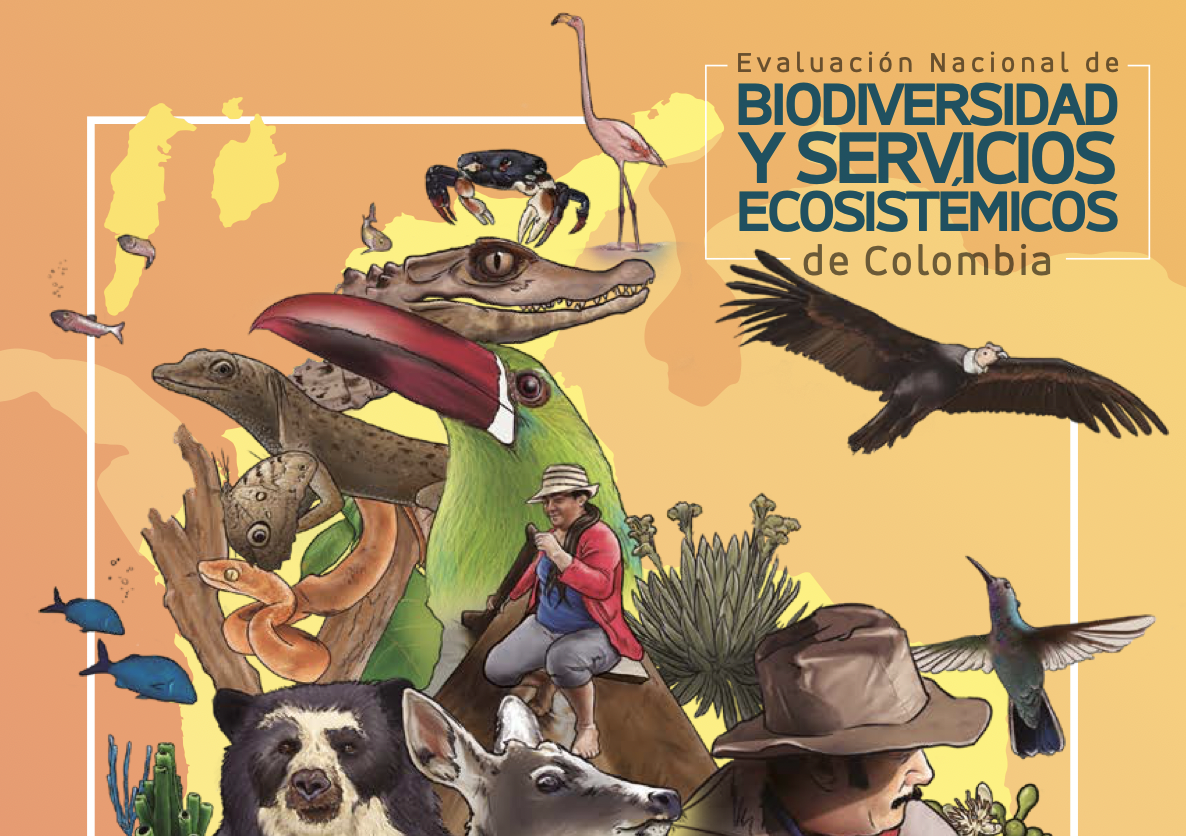More than half of Earth’s species are contained in a mere 1.4% of its land area, but the climates of many of these biodiversity hotspots are projected to disappear as a consequence of anthropogenic climate change. There is growing recognition that Spatio-temporal patterns of climate in biodiversity hotspots have shaped bio-logical diversity over a variety of historical time scales, yet these patterns are rarely taken into account in assessments of the vulnerability of biodiversity hotspots to future climate change. In our review, we synthesize the climatic processes that have led to the diversification of hotspots and interpret what this means in the context of anthropogenic climate change. We demonstrate the importance of microclimatic processes and fine-scale topographical heterogeneity, in combination with climatic variability, in driving speciation processes and maintaining high levels of diversity. We outline why these features of hotspots are crucial to understanding the impacts of anthropogenic climate change and discuss how recent advances in predictive modeling enable vulnerability to be understood better.

































































































































































































































































































































































































































































































































































































































































































































































































































































































































































































































